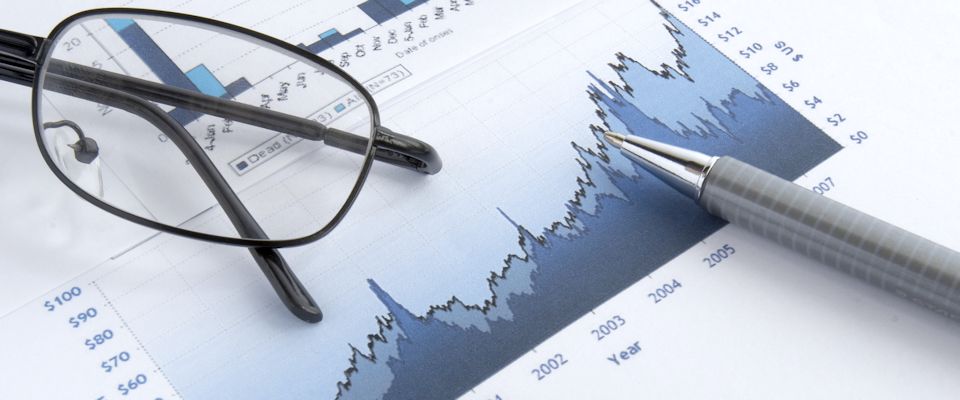Fundamental Indicators Explained
by Alison Ward Article WriterThe forex fundamental indicators are the factors that can help one analyse the value of a nation’ currency in the near future. These indicators are used to analyse the various scenarios in a country including economic and political. After the currency of the country is found out to be valued more or less than the current value the brokers or investors chalk out their investment plans and move ahead. Some people are sceptical about using these indicators since the use of these for analysis is based mostly out of individual opinions as well as experience but there are a lot of traders who invest based on the results of their analysis entirely.
When we talk about fundamental analysis then we are concerned with the factors that could affect the currency or the forex market in any direction and these are considered as indicators or factors. The forex brokers when performing the analysis need to look at some of the important indicators or even all of them at times to predict the future of the forex market. These factors include the following:

When we talk about fundamental analysis then we are concerned with the factors that could affect the currency or the forex market in any direction and these are considered as indicators or factors. The forex brokers when performing the analysis need to look at some of the important indicators or even all of them at times to predict the future of the forex market. These factors include the following:

- Rate of interest - The interest rates prevalent in a country are one of the most important factors that could have a bearing on the economy of the country as well as the forex market. If the rates of interest in a country are more then it lures more foreign investors to put their capital in the country and this increase the value of the local currency. The opposite if existing can lead to lesser investment and subsequently lower value of the currency. The fundamental analysis does look at the interest rates in a country and then considers the other factors to decide on the outcome.
- GDP - the GDP is again ranked among the important indicators for fundamental analysis and it showcases how potent the economy of a country actually is. If the GDP is high in value then it leads to an increase in the value of the currency and if it is low then it results in lowering of the value of the currency. This value is published by the government on an annual basis and used by traders and brokers accordingly.
- Employment rate - The countries that have a high employment rate are believed to be doing well economically and this strengthens the value of their currency. The countries that have high unemployment have a lower value of their currency and it affects their status in the forex market.
- Trade balance- This indicator depicts the difference in value between the imports as well as the exports carried out by a country on an annual basis. If the imports of a country are more than the exports then the value of the local currency becomes lesser. On the other hand if a country exports more then it makes the currency stronger in the global market.
Once you know about the indicators and how to go about using them you must be on the lookout for changes in the value of these indicators and then plan out your strategies accordingly.
Sponsor Ads
Created on Dec 31st 1969 18:00. Viewed 0 times.
Comments
No comment, be the first to comment.



